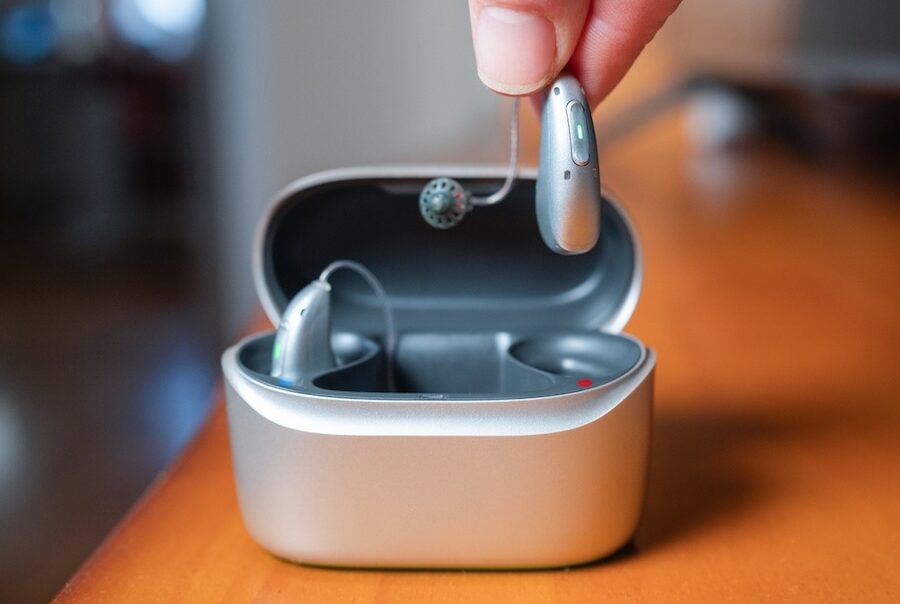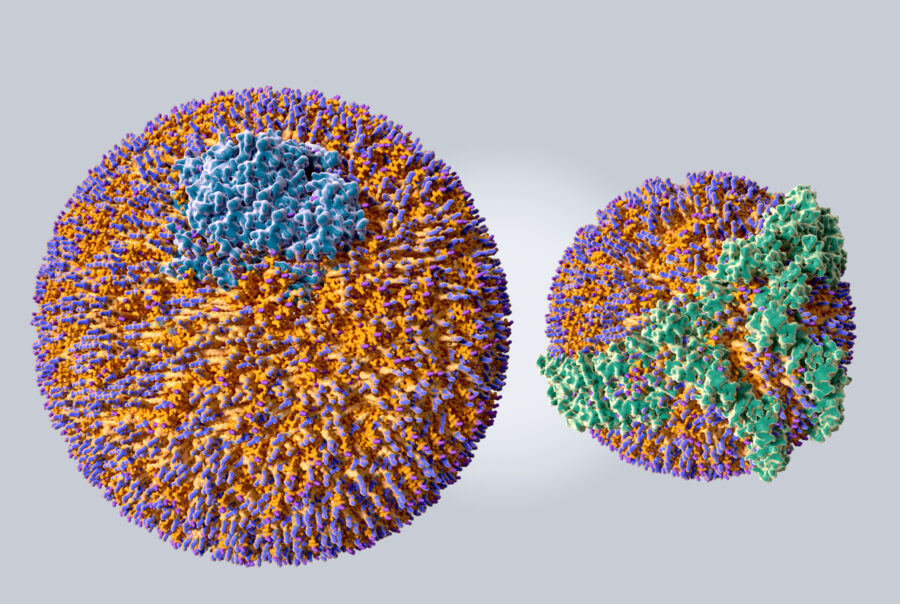Please note: This is an archived project that is not currently being updated.
For more information on over-used medical treatments, see our page on evidence-based medicine.
PROJECT
Angioplasty:
Ending Inappropriate Use
HUMAN HEALTH
PROJECT
Angioplasty:
Ending Inappropriate Use
HUMAN HEALTH
Project summary
Background
- Angioplasty and stenting continue to be used in stable coronary artery disease, even though large randomized controlled trials have shown that they add no significant survival benefit.
- Angioplasty and stenting are exceedingly expensive and carry risks (including heart attack and stroke) to the patient.
Key points
- In 2013, the American Medical Association determined that angioplasty and inserting stents (called PCI) on patients with stable coronary artery disease was one of the most overused medical procedures.
- Years later, stents continued to be used despite studies showing little benefit, and a risk of harm.
- The unnecessary use of stents is a major healthcare cost, of more than $2.4 billion a year.
Parsemus' role
- The Parsemus Foundation supported publication of research evaluating the inappropriate use of angioplasty and stenting.
- We have advocated for evidence-based medicine to reduce unneccesary risk and medical expections when there is no expectation of benefit.
Other human health projects
Angioplasty and stenting may be overused
The COURAGE study reported in 2007 that angioplasty and inserting stents, or PCI (percutaneous coronary intervention), provided temporary relief from angina, but did not result in fewer deaths, myocardial infarction, or cardiovascular events than medication and lifestyle changes. The OAT clinical study indicated that for high-risk patients with total occlusion of the infarct-related artery, PCI conducted after the myocardial event did not reduce the risk of death, re-infarction, or heart failure.
The data shocked many cardiologists, who have seen symptomatic relief in patients and have been performing angioplasties and inserting stents in a good-faith effort to help improve quality of life.
Despite this information and the changes to professional medical society guidelines, a 2011 study reported no decline in the use of PCI. Several media outlets covered the news, raising public awareness and questioning continued reliance on procedures that have not been proven to be effective.
Surely by now — years after additional research and attention to the issue — the use of angioplasty and stenting should have decreased. But unfortunately that is not the case, and it may be a matter of money. Recent cutbacks on healthcare revenue are being blamed for the overuse of stents — doctors make much more money through the $30,000 stent procedure than by spending time with the patient discussing the alternative: medication and lifestyle changes. In fact, in 2013 the Joint Commission and the American Medical Association Physician Consortium for Performance Improvement cited elective PCI on patients with stable coronary artery disease as one of the most overused medical procedures. And in 2017, a comprehensive investigation about overused medical procedures in The Atlantic pointed to the use of angiogram and stents as procedures that continue to be prescribed by physicians despite studies showing little benefit — and sometimes harm.
Some patients and doctors may also think that PCI helps to solve the “plumbing” problem of a blocked artery, but inflammation is a contributing factor and most ruptures occur at mild lesions. Misconceptions about the relationship between cardiovascular disease and narrowed arteries — with most patients erroneously expecting that a stent will reduce the chance of a future heart attack — may also be at the root of the overuse of the procedure. As many as a million patients in the U.S. may have been given stents they don’t need in the last decade. Unnecessary stents cost upwards of $2.4 billion a year to our healthcare system.
To raise awareness of this issue, the Parsemus Foundation has supported the publication of articles analyzing and discussing peer-reviewed studies on appropriate and inappropriate use of angioplasty and stenting. Our goal is to prevent patients and loved ones from facing unnecessary risks and in some cases debilitating medical expenses, without a clear expected benefit. Most patients undergo angioplasty because they believe it may save their life; if that is not the case, then they (and their doctors) deserve to know the full picture.
Media coverage
2011
- OAT Trial Had Little Impact on Clinical Practice, Forbes
- Guidelines Don’t Curb Unnecessary Treatment for Heart Attack Patients, Bloomberg
- Adherence to Angioplasty/Stent Guidelines Lacking: Study, U.S. News & World Report
- Heart Stents Still Overused, Despite Guidelines: Study, Huffington Post
2013
- Heart stents still overused, experts say, New York Times
- Deaths Linked to Cardiac Stents Rise as Overuse Seen, Bloomberg
- The Good, the Bad and the Ugly: Stents in the News, Forbes








